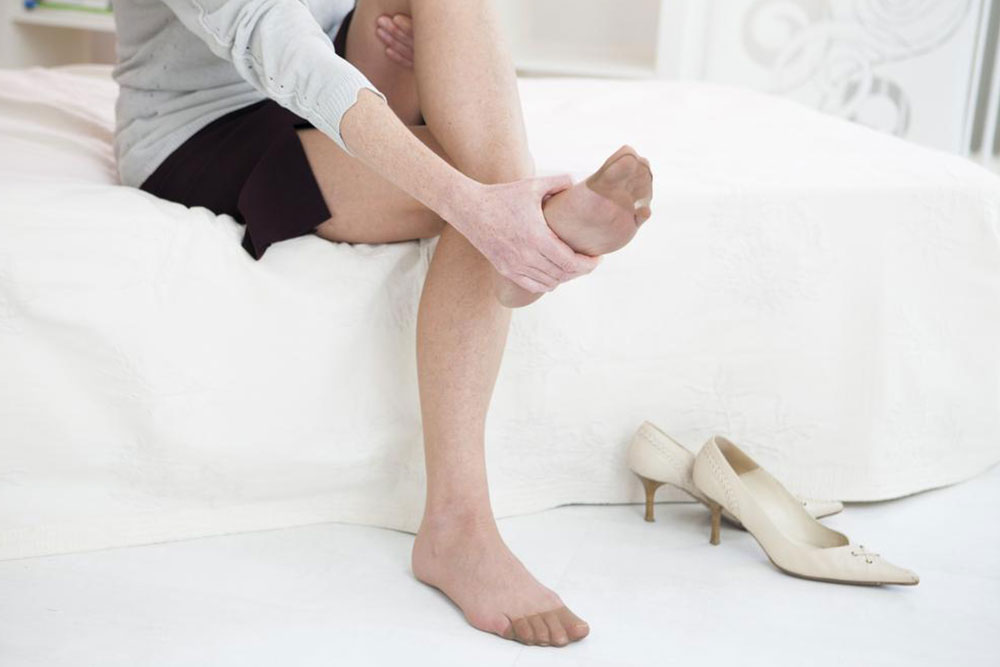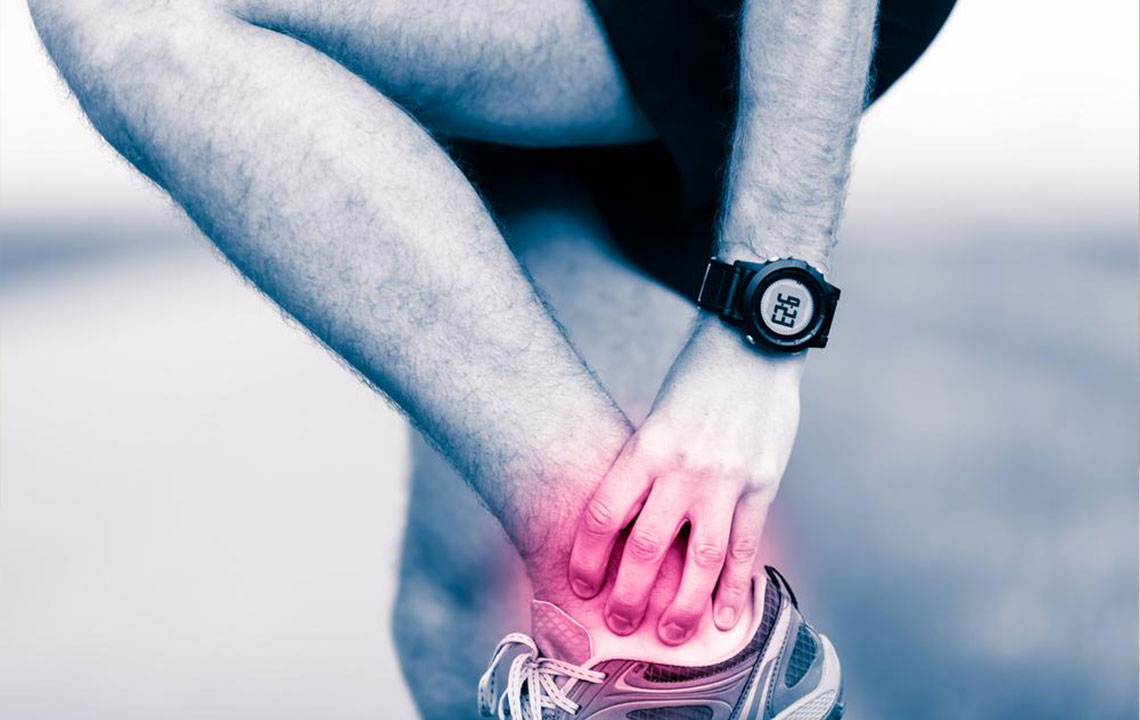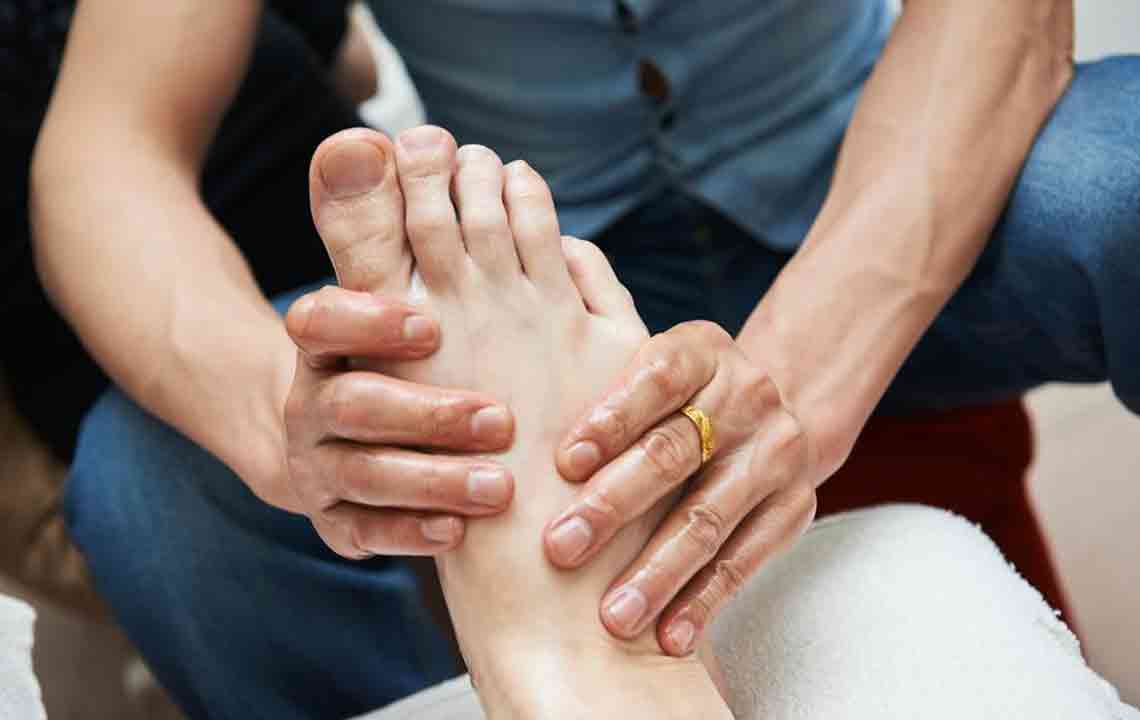Comprehensive Insights into Causes of Foot Discomfort and Pain
This comprehensive article explores the common and less known causes of foot discomfort and pain, from Achilles tendinitis and fractures to nerve conditions like Morton’s neuroma. It emphasizes the importance of proper diagnosis and treatment to manage persistent foot pain effectively. Whether due to injury, structural abnormalities, or nerve issues, understanding these causes can help individuals seek appropriate care and prevent further complications, ensuring better foot health and mobility.

Understanding the Common Causes of Foot Discomfort and Pain
Foot pain and discomfort are prevalent issues that can significantly affect daily life, mobility, and overall well-being. Whether caused by acute injury or chronic conditions, persistent foot pain demands careful attention and proper diagnosis for effective management. Many factors contribute to foot discomfort, ranging from structural abnormalities to nerve conditions. In this detailed guide, we explore the most common and less obvious causes of foot pain, helping you understand their symptoms, causes, and available treatment options.
Achilles Tendinitis and Tendon Tears
The Achilles tendon, the largest tendon in the body, connects the powerful calf muscles to the heel bone, facilitating walking, running, and jumping. Overuse, sudden increases in physical activity, improper footwear, or repetitive stress can lead to Achilles tendinitis — characterized by pain, stiffness, and swelling at the back of the ankle. In severe cases, a rupture occurs when the tendon tears completely, resulting in sudden, severe pain, swelling, and difficulty moving the foot. Treatment often involves rest, physical therapy, and in some cases, surgical intervention.
Broken bones in the foot or ankle
Trauma from falls, missteps, sporting injuries, or accidents can lead to fractures in the bones of the foot or ankle. The severity can vary from tiny hairline cracks to fully displaced fractures. Symptoms usually include intense pain, swelling, bruising, and difficulty bearing weight on the affected limb. Prompt diagnosis via X-ray imaging is crucial, and treatment may involve immobilization with casts or surgical procedures to realign the bones and facilitate healing.
Bunions (Hallux Valgus)
A bunion manifests as a prominent bony bump on the side of the big toe joint, resulting from the misalignment of the toe against the rest of the foot. Over time, pressure from footwear and biomechanical factors cause the joint to enlarge, become sore, and inflame, leading to discomfort especially when walking or wearing tight shoes. Bunion management includes conservative measures like proper footwear, padding, and pain relief, and in severe cases, surgical correction.
Corns and Calluses
Thickened layers of skin develop as a protective response to repeated friction, pressure, or rubbing, mainly on toes and soles. Corns are small, hard patches with a central core, while calluses tend to be broader. Both can cause tenderness and discomfort, especially during walking or when footwear aggravates pressure points. Regular foot care, appropriate footwear, and padding can reduce symptoms; severe cases may require removal by a podiatrist.
Diabetic Neuropathy
This nerve damage is common among individuals with diabetes, resulting from prolonged high blood sugar levels. It affects the sensory nerves in the feet and legs, leading to symptoms like burning, numbness, tingling, or shooting pain. If left untreated, diabetic neuropathy can cause loss of sensation, increasing the risk of injuries, infections, and serious complications. Managing blood sugar levels, regular foot exams, and nerve-protective treatments are essential for preventive care.
Ingrown Toenails
When the edges of a toenail grow inward into the surrounding skin, they cause pain, redness, swelling, and sometimes infection. The big toe is most commonly affected. Poor trimming techniques, tight footwear, or foot trauma can contribute to ingrown nails. Treatments involve soaking, antibiotics if infected, and sometimes surgical removal of part of the nail to prevent recurrence.
Hammertoe and Mallet Toe
These deformities are characterized by abnormal bends in the toe joints caused by imbalance in the tendons and ligaments. Hammertoe affects the middle joint, creating a hammer-like appearance, while mallet toe involves the end joint. These conditions cause discomfort, corns, calluses, and difficulty walking, especially in tight footwear. Treatment options include conservative padding, orthotics, and surgery in severe cases.
Metatarsalgia
This condition involves inflammation and pain in the ball of the foot caused by excessive pressure, overuse, or biomechanics issues. Symptoms include sharp pain, burning, or aching while walking or running. Proper footwear, orthotic insoles, and rest can help alleviate symptoms, but persistent cases may require medical intervention.
Morton’s Neuroma
It involves swelling or thickening of nerve tissue usually between the third and fourth toes, leading to burning, tingling, numbness, and severe pain under the ball of the foot. Often aggravated by tight shoes or high heels, Morton’s neuroma can be managed with footwear modifications, injections, or surgical removal of the thickened nerve tissue.
Plantar Fasciitis
This common cause of heel pain results from inflammation of the plantar fascia, the thick tissue that supports the arch of the foot. It causes stabbing pain, especially noticeable during the first steps after waking or after prolonged standing or activity. Treatment includes stretching exercises, orthotics, rest, and anti-inflammatory medications. Severe cases may require corticosteroid injections or surgery.
Tarsal Tunnel Syndrome
This condition involves compression of the tibial nerve as it passes through the tarsal tunnel near the ankle. Symptoms include pain, numbness, tingling, and sometimes weakness in the foot. Causes include swelling, repetitive stress, or trauma. Treatment ranges from conservative approaches like orthotics and anti-inflammatory medications to surgical decompression if symptoms persist.
Summary
Understanding these diverse causes of foot discomfort is crucial for proper management. Persistent pain should never be ignored; consulting a healthcare professional for accurate diagnosis and personalized treatment plan is essential. Addressing foot issues early can prevent complications, improve mobility, and enhance quality of life.





